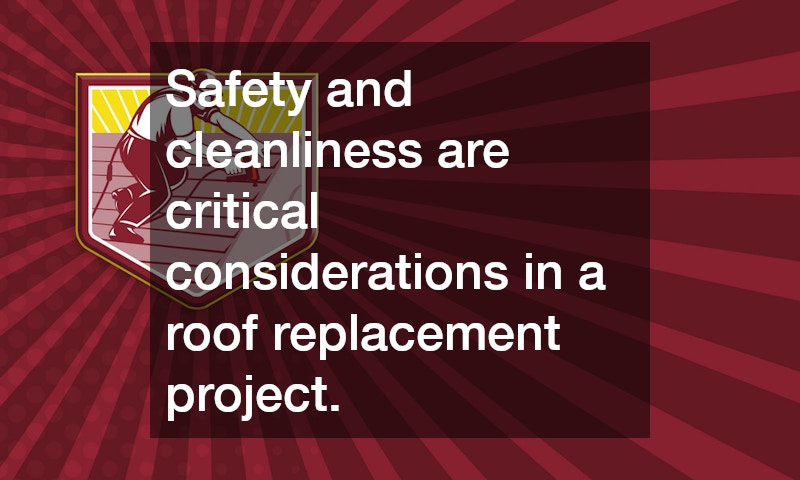Replacing your roof is a significant investment and properly understanding the process and considerations is crucial. When engaging with local roofing companies, knowing the right questions to ask can help ensure you receive quality work and value for your money. This article will guide you through the essential inquiries to make about replacing your roof.
1. What Materials Are Best Suited for My Roof?
1.1 Understanding Different Roofing Materials
When considering a new roof, it is essential to understand the different materials available. Options such as asphalt shingles, metal roofing, and tiles each come with their unique benefits. Consulting with your roofing professional about these options ensures that you choose a material that fits your aesthetic and practical needs.
Asphalt shingles are popular for their affordability and ease of installation. Metal roofs, though more costly, offer longevity and energy efficiency. Tile roofing, often seen in warmer climates, provides excellent durability but requires strong structural support.
Before deciding, evaluate how each option aligns with your budget, housing style, and personal preferences. Understanding your choices will empower you to make an informed decision. Always remember to factor in long-term maintenance and replacement costs.
1.2 Climate Considerations in Material Selection
Climate plays a crucial role in determining the best roofing material for your home. For example, metal roofs perform excellently in areas with heavy snow due to their ability to shed snow easily. Conversely, hotter regions might benefit more from energy-reflective materials like cool roofs.
Your local climate can cause specific wear issues that are important to discuss with your roofing contractor. For instance, areas prone to high winds or hurricanes require more robust materials to withstand these conditions. Additionally, proper ventilation and insulation need consideration to deal with temperature fluctuations.
Engaging with local companies familiar with these variables can save you future costs. The right choice ensures that your roof not only lasts longer but also performs efficiently throughout its lifespan. Make sure to ask your contractor about past projects in your area to gauge their experience with local conditions.
1.3 Cost vs. Durability of Roofing Materials
Balancing cost with durability is a key aspect when selecting roofing materials. While asphalt shingles are economical, they typically have a shorter lifespan compared to high-end options like slate. Understanding this trade-off is essential to making a cost-effective yet sustainable choice.
Slate and metal roofs, although initially costly, tend to come with longer warranties and overall lifespan, providing value over time. Investing in durable materials minimizes future repair and replacement expenses. Ensure to discuss these long-term benefits with your roofer to grasp the total investment.
2. What Is the Process for Roof Replacement?
2.1 Steps in the Roof Replacement Process
The roof replacement process begins with a thorough inspection to assess damage and measure the area. This is followed by the removal of old roofing materials and addressing any underlying issues, such as rotted wood or structural concerns. Once the prep work is complete, installation of the new roofing material begins.
Each stage from tear-off, and installation, to post-installation inspection is necessary to ensure the longevity and performance of the new roof. The contractor should provide you with a detailed checklist of these steps. Communication between you and the contractor is crucial to address concerns at each stage.
2.2 Timeline and Factors Affecting Project Duration
The timeline for a roof replacement project can vary greatly depending on several factors. Weather conditions are a significant determinant, as rain or snow can delay progress. Additionally, the complexity of your roof’s architecture influences the duration.
The availability of materials and workforce can also extend or shorten the project timeline. Always discuss these potential issues with your roofing company to set realistic expectations. Understanding these factors will help you plan around the construction activities.
2.3 Safety and Cleanup Protocols
Safety and cleanliness are critical considerations in a roof replacement project. Reputable roofing companies follow strict safety guidelines to protect both their workers and your property. This includes using safety gear and securing the site to prevent accidents.
Conclusion
By asking the right questions and understanding the key factors in roof replacement, you can make informed decisions and select a local roofing company that meets your needs. This proactive approach ensures that your investment leads to a durable and aesthetically pleasing roof that stands the test of time. Make sure to evaluate all aspects thoroughly to secure the best outcome for your home.
.

